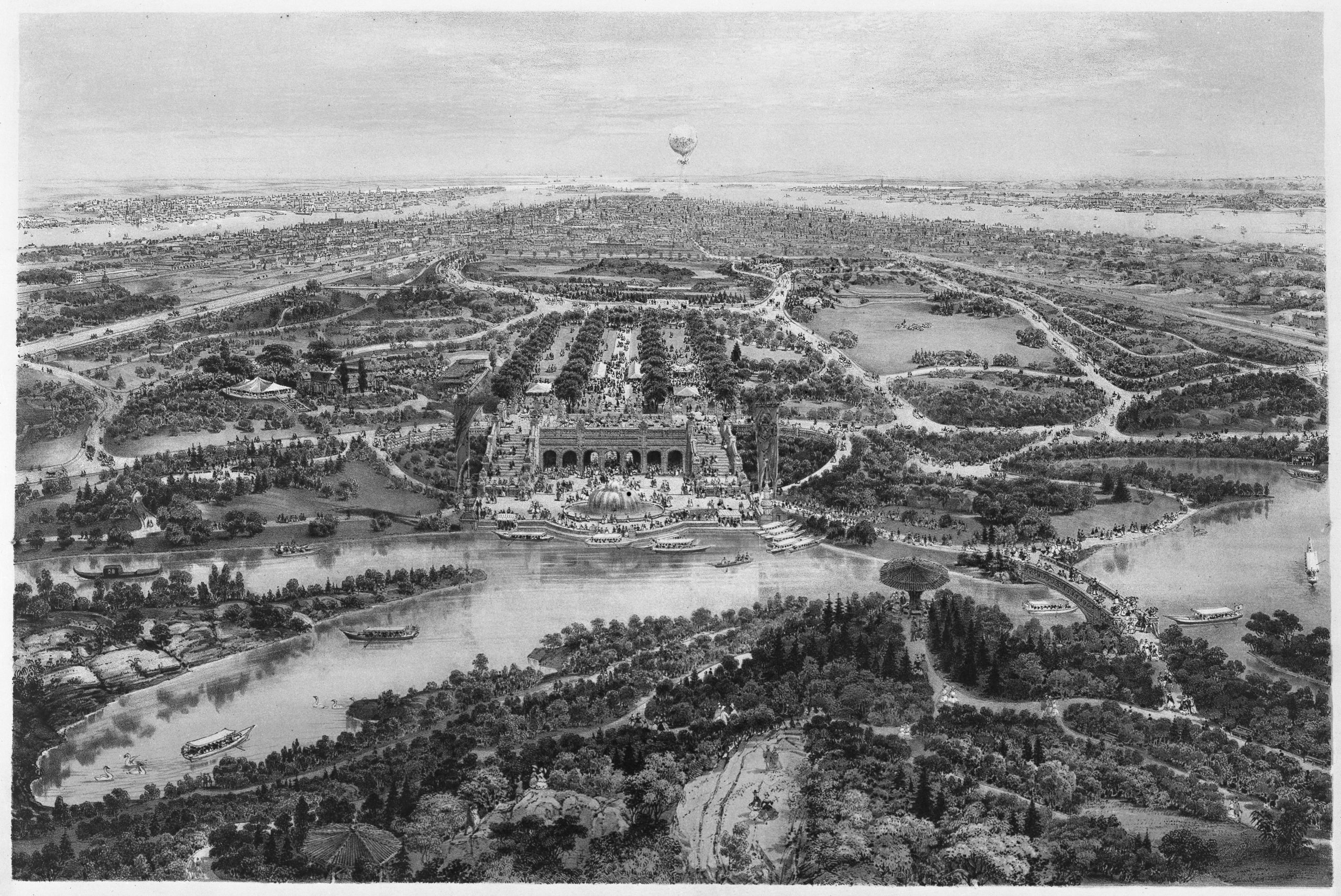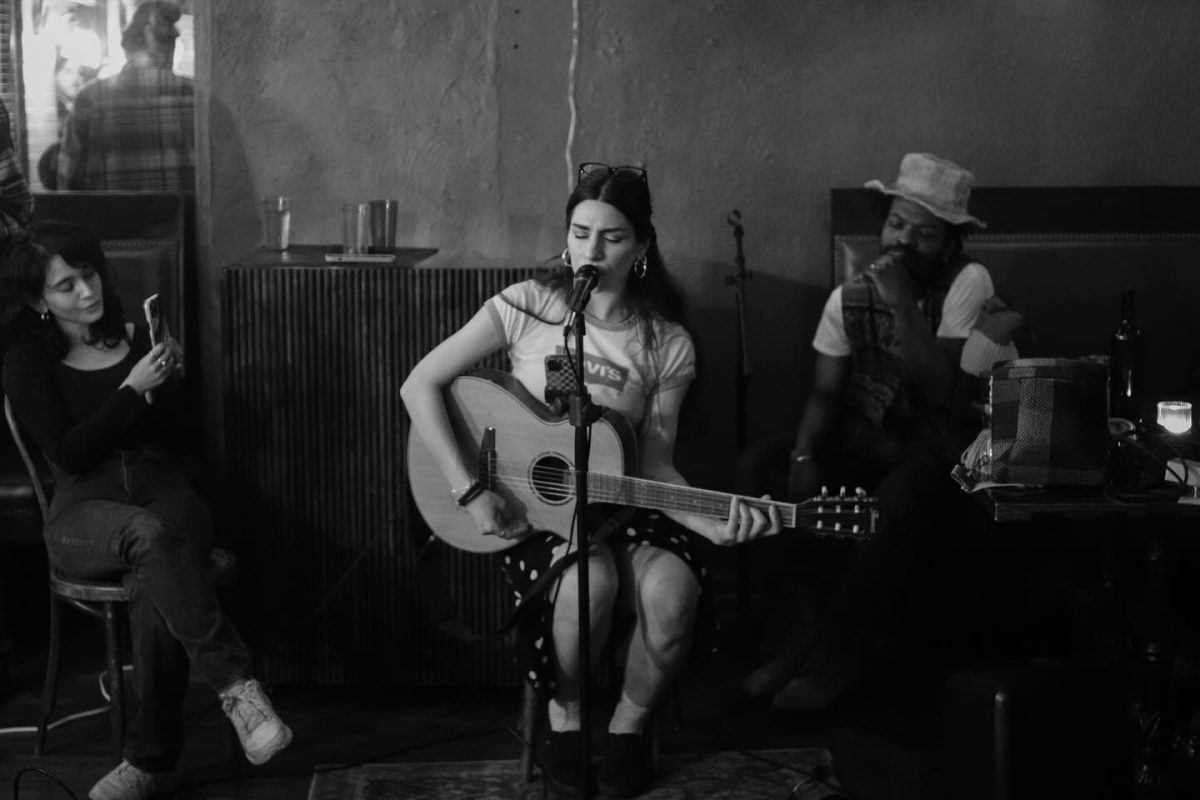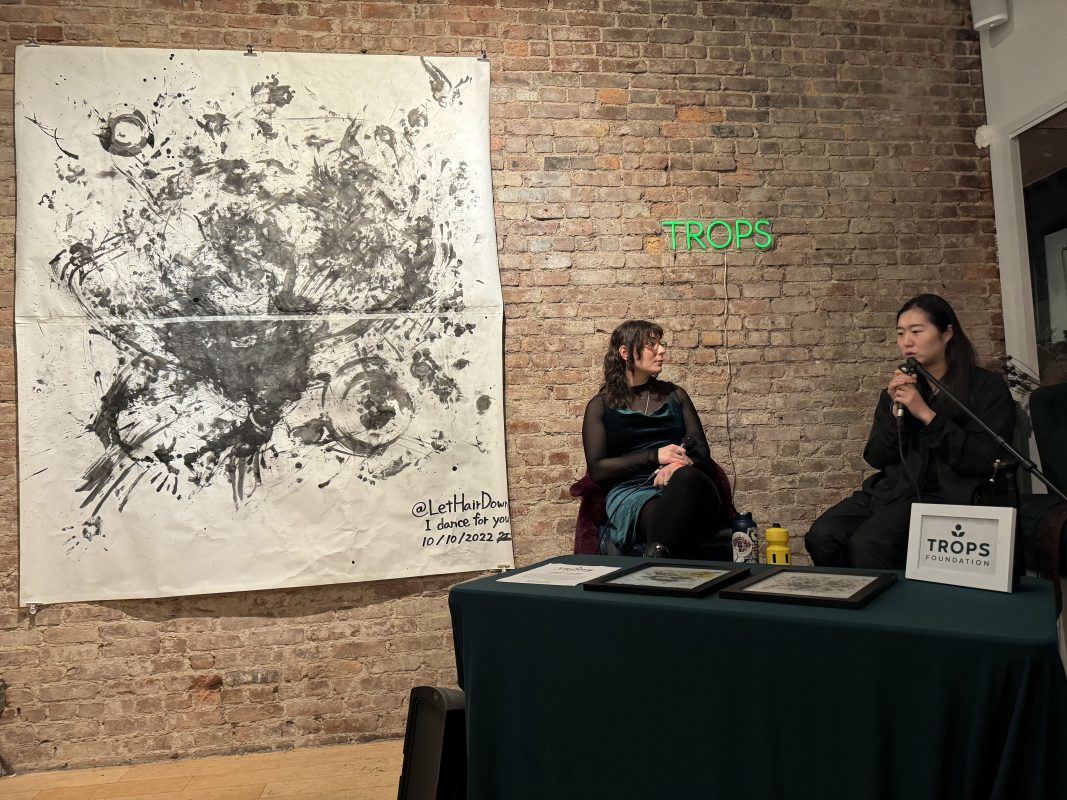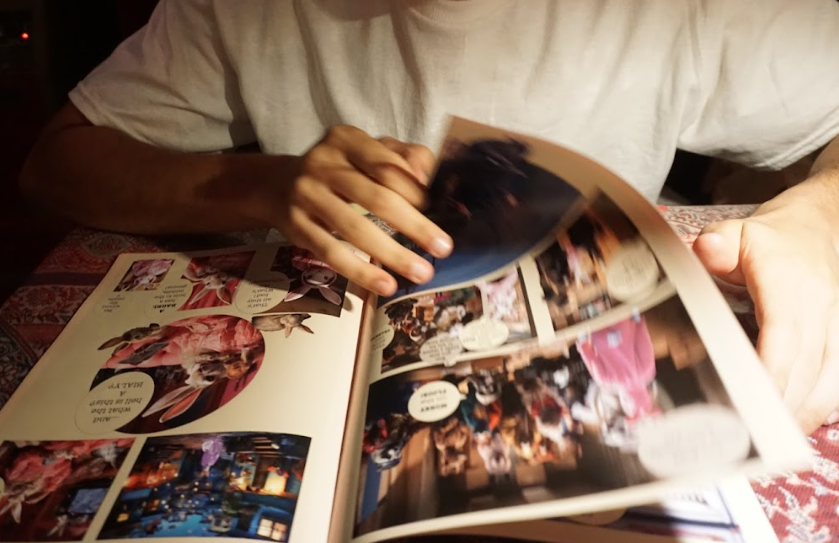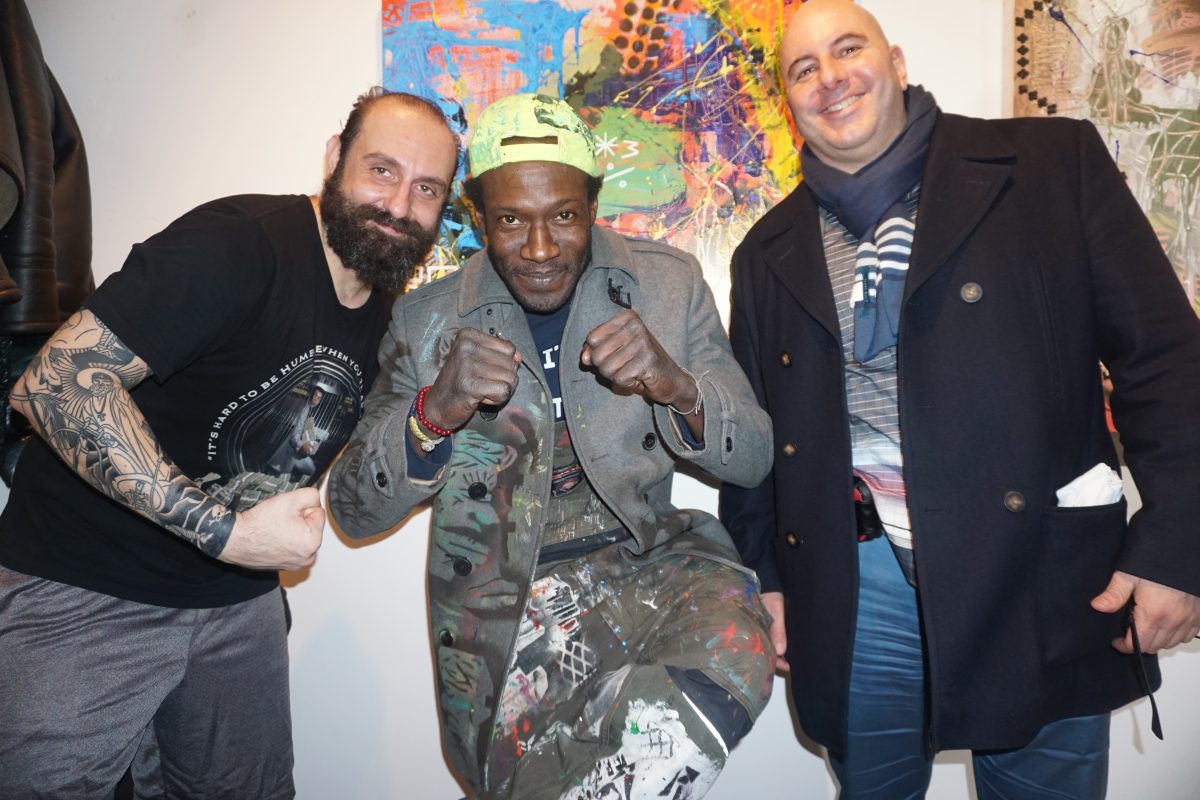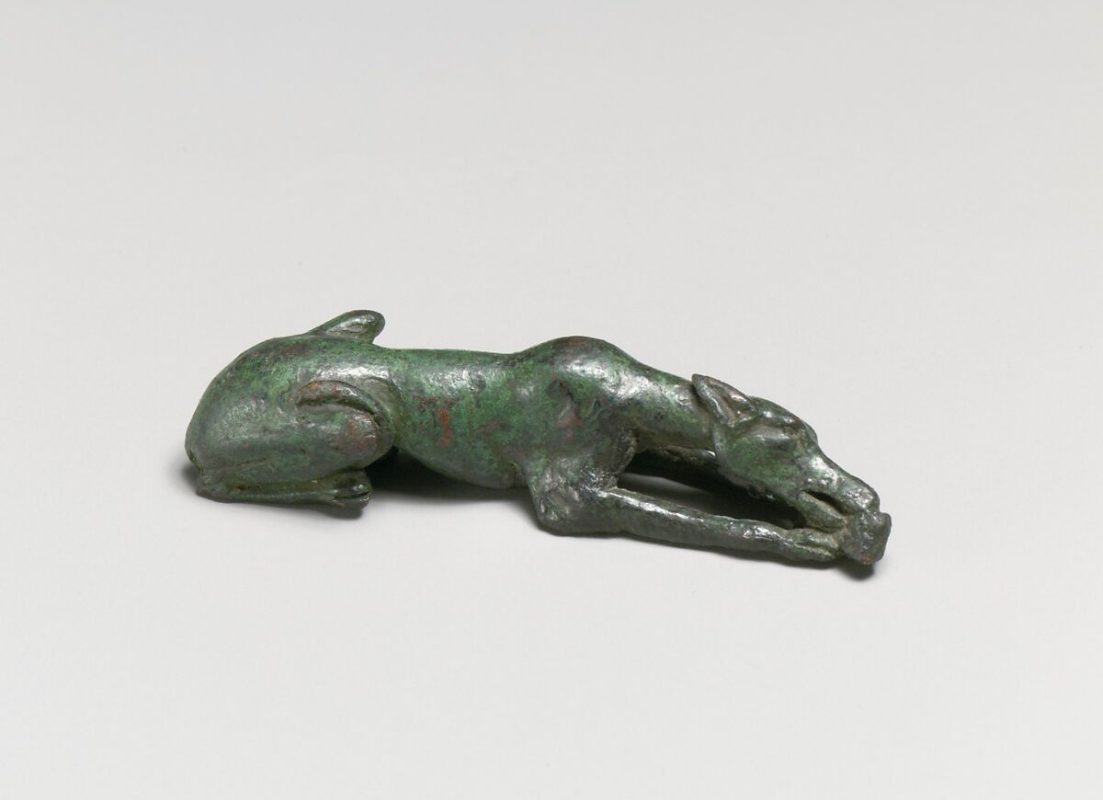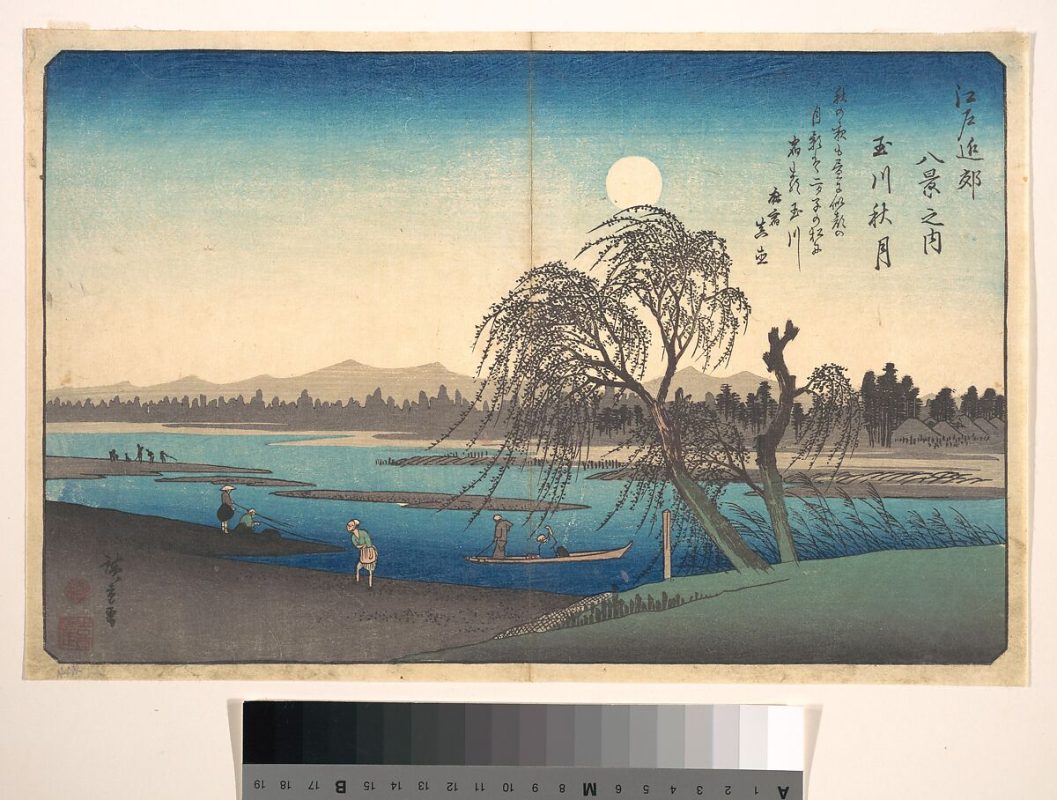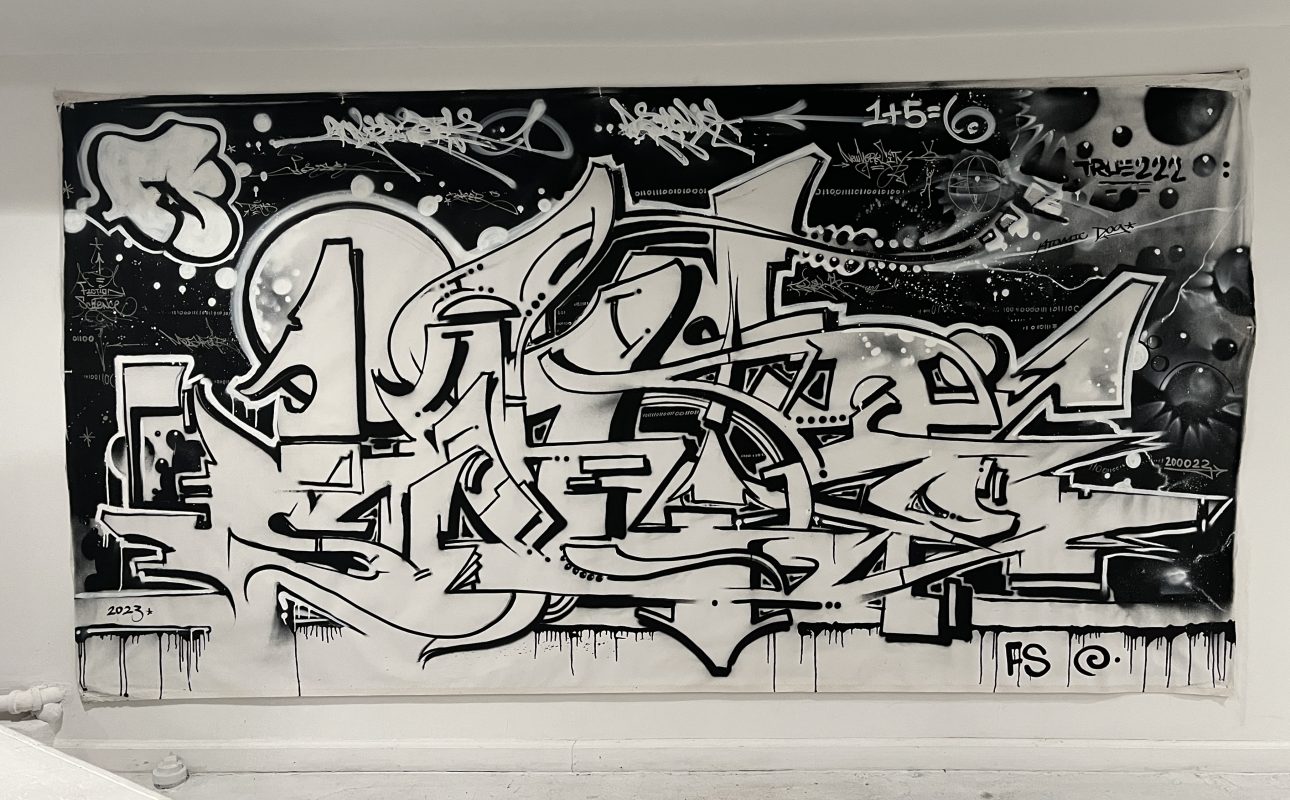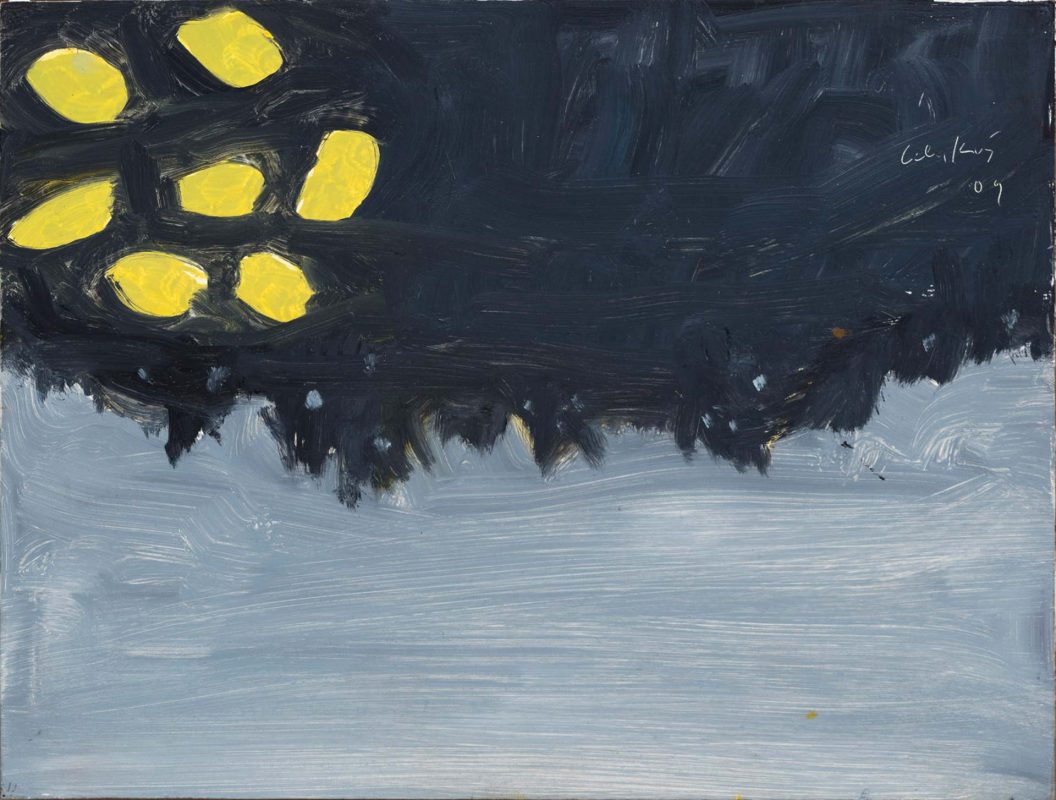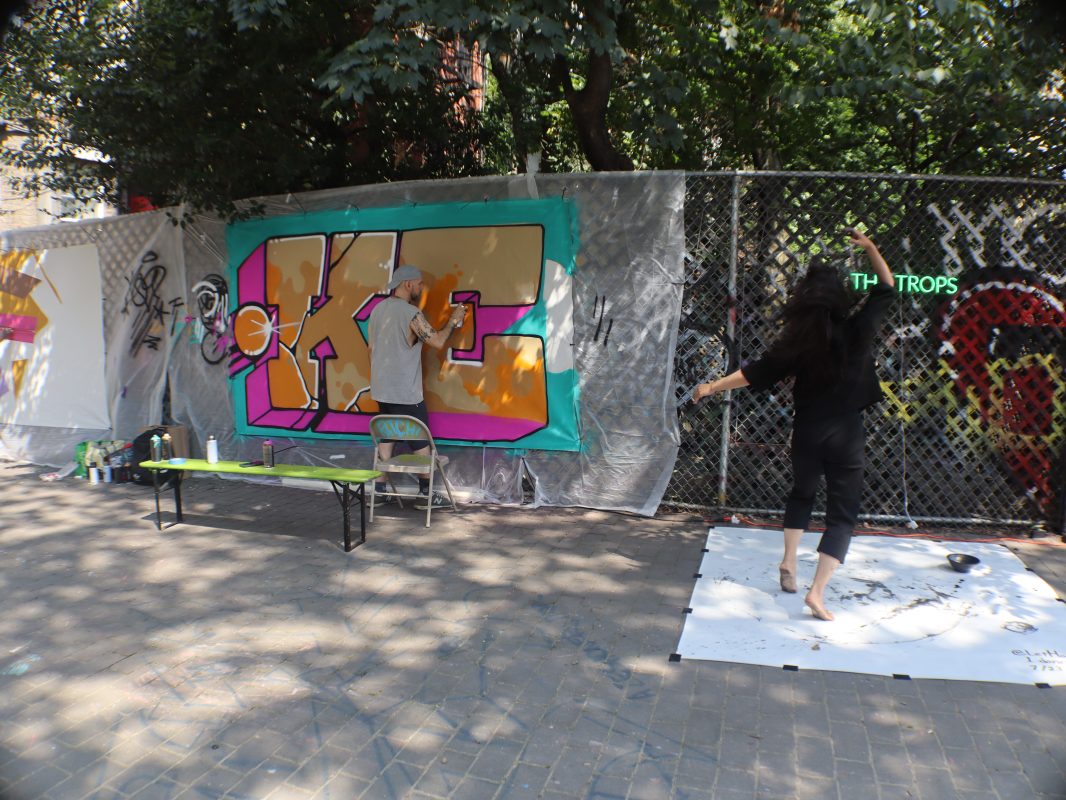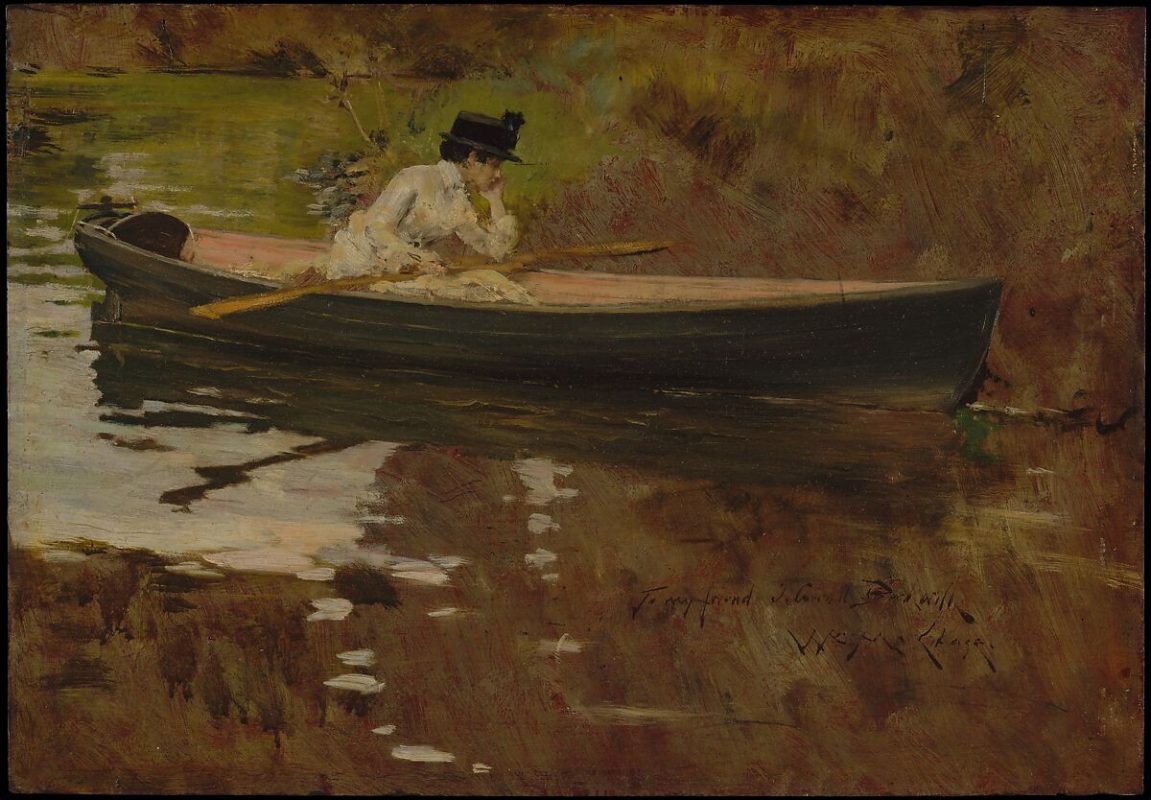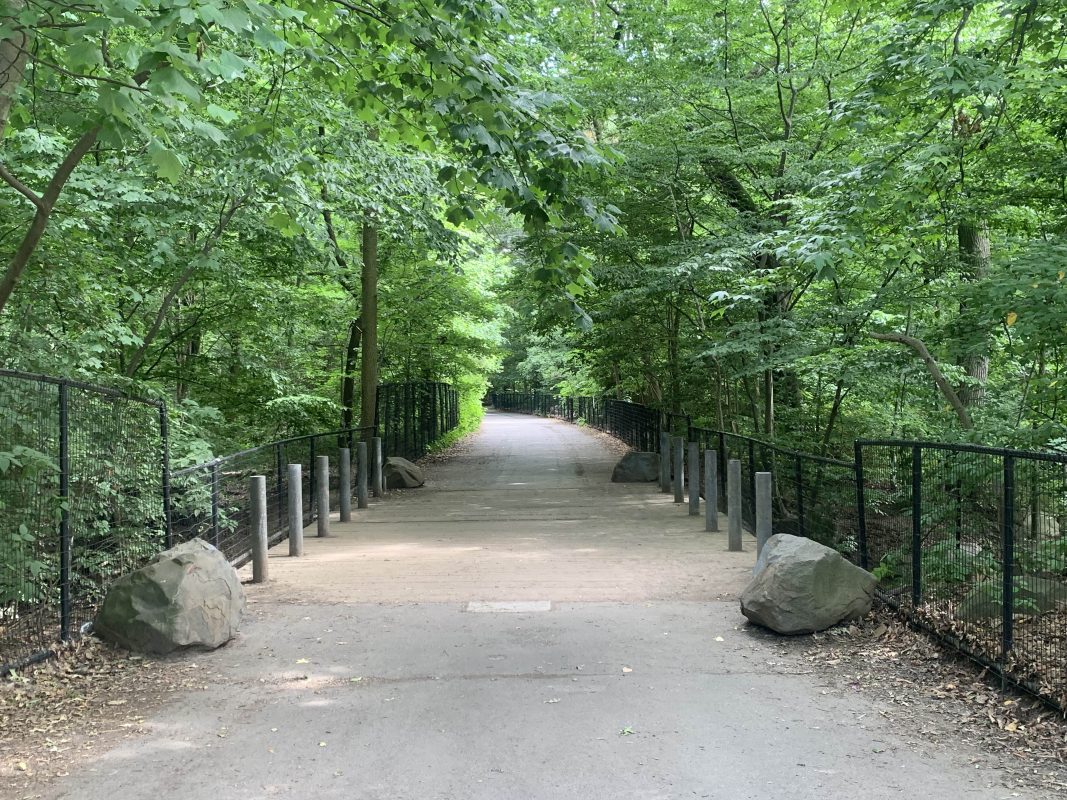Lithograph by Julius Bien, Central Park (Summer), 1865, via the Met Museum
Central Park, and all of its features and amenities, demonstrate the intent that designers Olmsted and Vaux had in 1858– to create a social space where New Yorkers could come together to connect with nature and enjoy arts and culture. The vast park contains listless hidden gems and art drops, but below are a few highlights.
The Literary Walk
The Mall and Literary Walk is the wide walking path lined with trees and benches, located mid-park at 66th St. The path is renowned– it was part of Olmsted and Vaux’s original design of the park. Today, it is populated with vendors, musicians, and artists, it has been featured in many of the famous movies filmed in Central Park, and the path leads the way to many favorite spaces in the park. It is named the "Literary Walk" because of the sculptures of notable writers that it features, including William Shakespeare, an art drop that can be found using the Trops Mobile app.
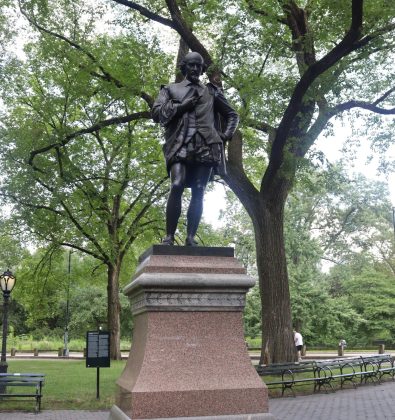
William Shakespeare, Photo by Avery Walker
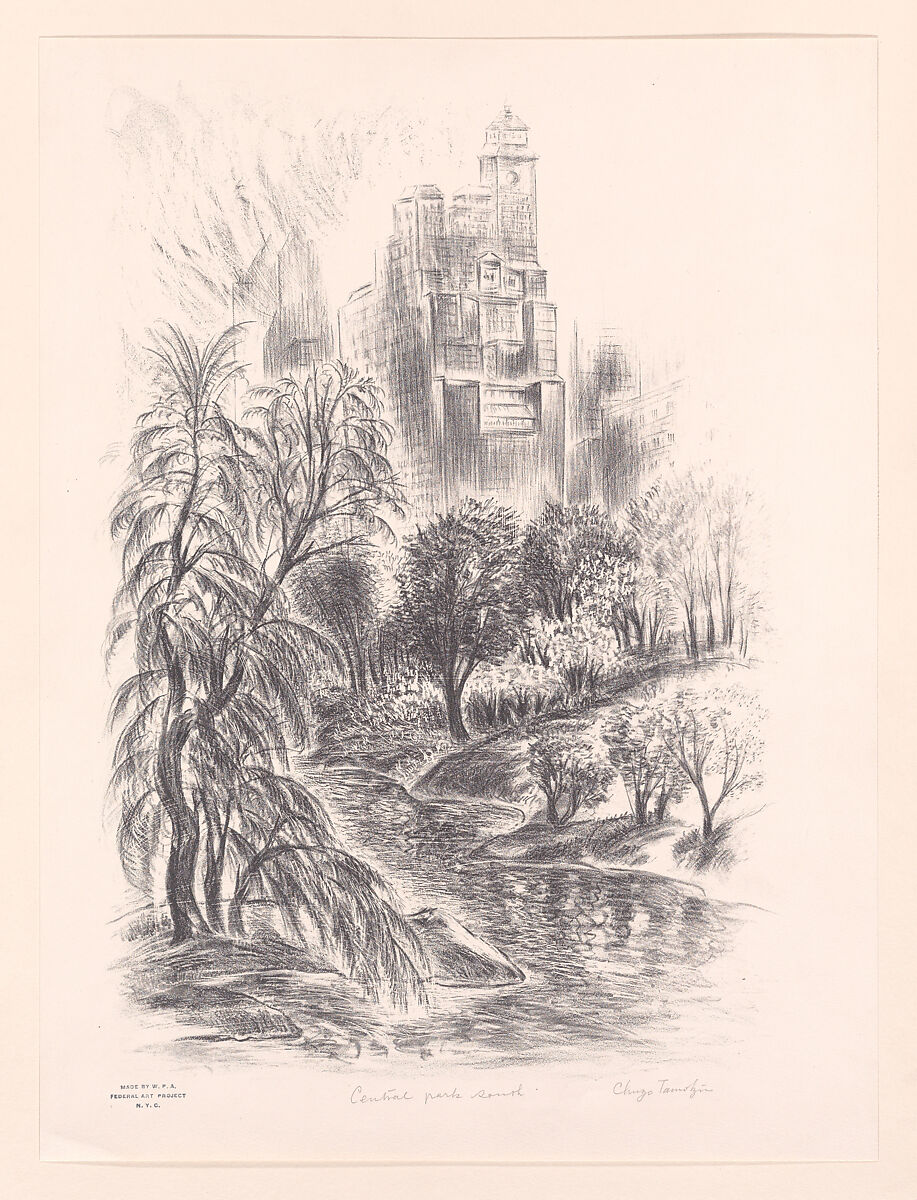
Chuzo Tamotzu, Central Park South, 1935, via the Met Museum
The Metropolitan Museum of Art
Located on the edge of Central Park facing 5th Avenue, The Metropolitan Museum of Art is a significant and beloved institution of art history in New York City. The museum has one of the largest collections in the world, with a diverse and endlessly fascinating breadth of art works. Between the Met and Central Park’s Great Lawn sits the obelisk known as "Cleopatra’s Needle".
“The Indian Hunter”
“The Indian Hunter” by John Quincy Adams Ward, was first built on a smaller scale before it became the life size bronze monument that we see in Central Park today. The Met Museum describes some of the history surrounding the statue:
“With his statuette of a Native American youth and his dog, Ward answered the call for sculpture modeled by home-based, rather than expatriate, artists in a realist style. He imagined an Arcadian hunting scene, a stark contrast to the reservation system by then established to confine Indigenous peoples to U.S. government-specified tracts of land.”
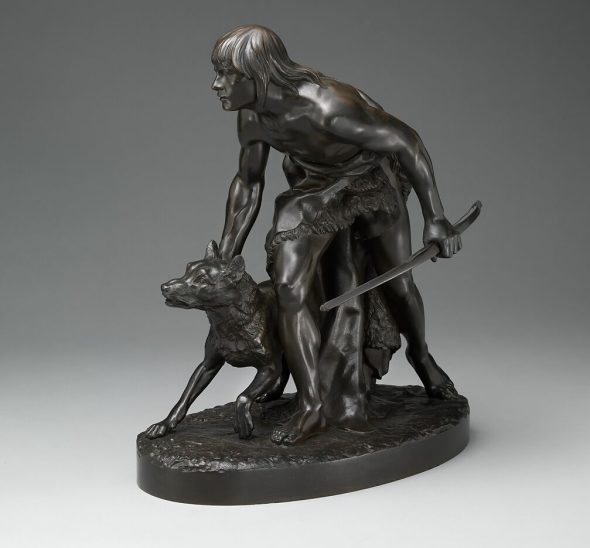
John Quincy Adams Ward, The Indian Hunter, 1860, via the Met Museum
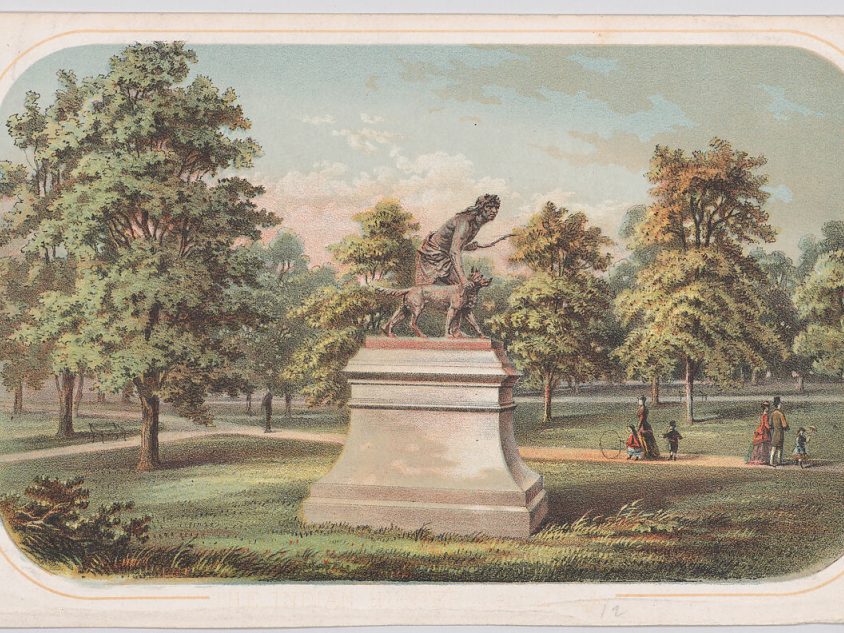
Anonymous, Central Park, Statue of The Indian Hunter, 1860, via the Met Museum

José de Creeft, Alice in Wonderland, 1959, Photo by Avery Walker
Conservatory Water
Many water features can be found in Central Park, and the Model Boat Pond at Conservatory Water is a popular favorite. Visitors can watch the races of miniature boats and yachts on the pond, and it is an ideal place for relaxing. The scenery also draws guests towards one of the most adored statues in Central Park, Alice in Wonderland.
The sculpture was donated by philanthopist and publisher George Delacorte, as a gift to the children of the city and in honor of his late wife, who loved literature and would read "Alice's Adventures in Wonderland" to their children.
Find "Cleopatra's Needle", “The Indian Hunter”, "Alice in Wonderland" and many more art drops and hidden gems on the Trops mobile app, available in the app and google play store.
Video by Avery Walker

